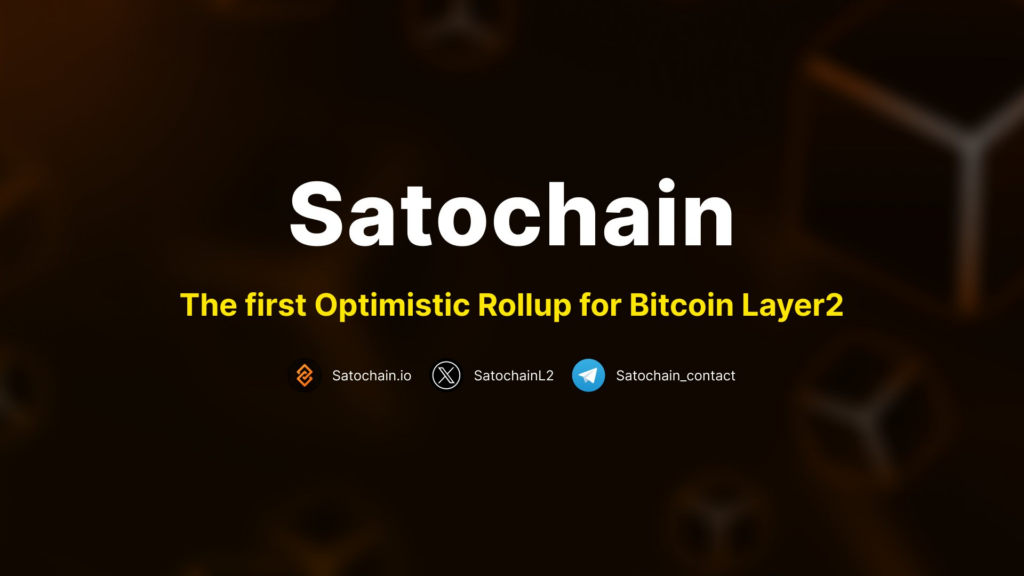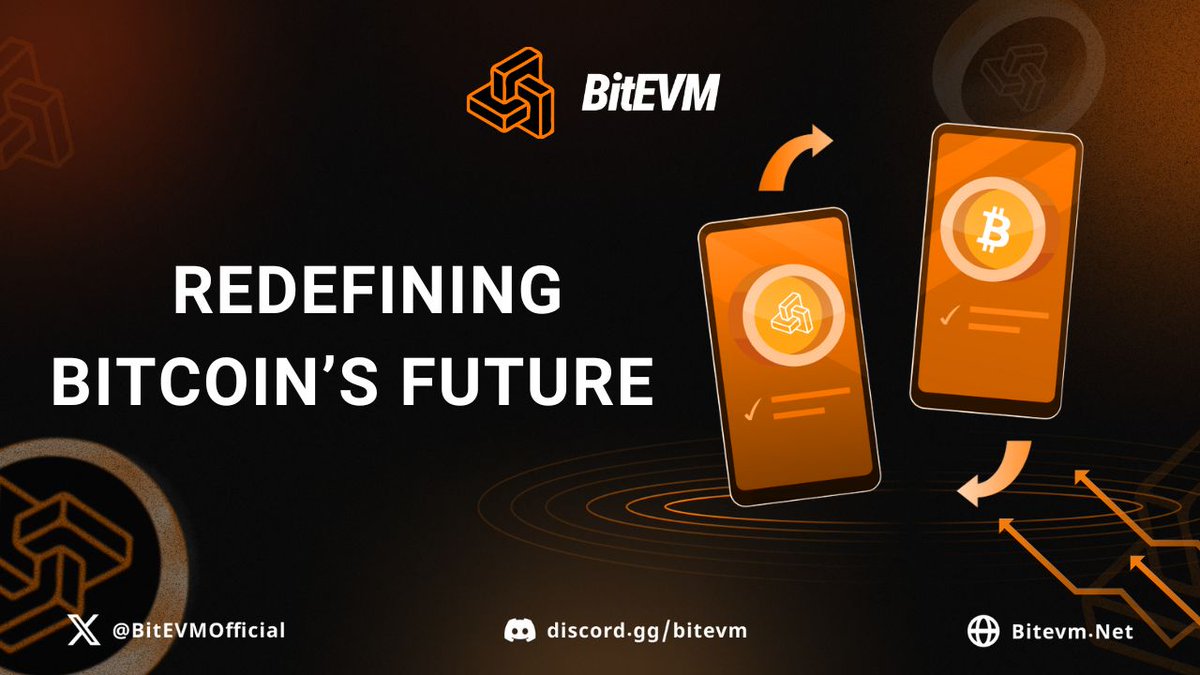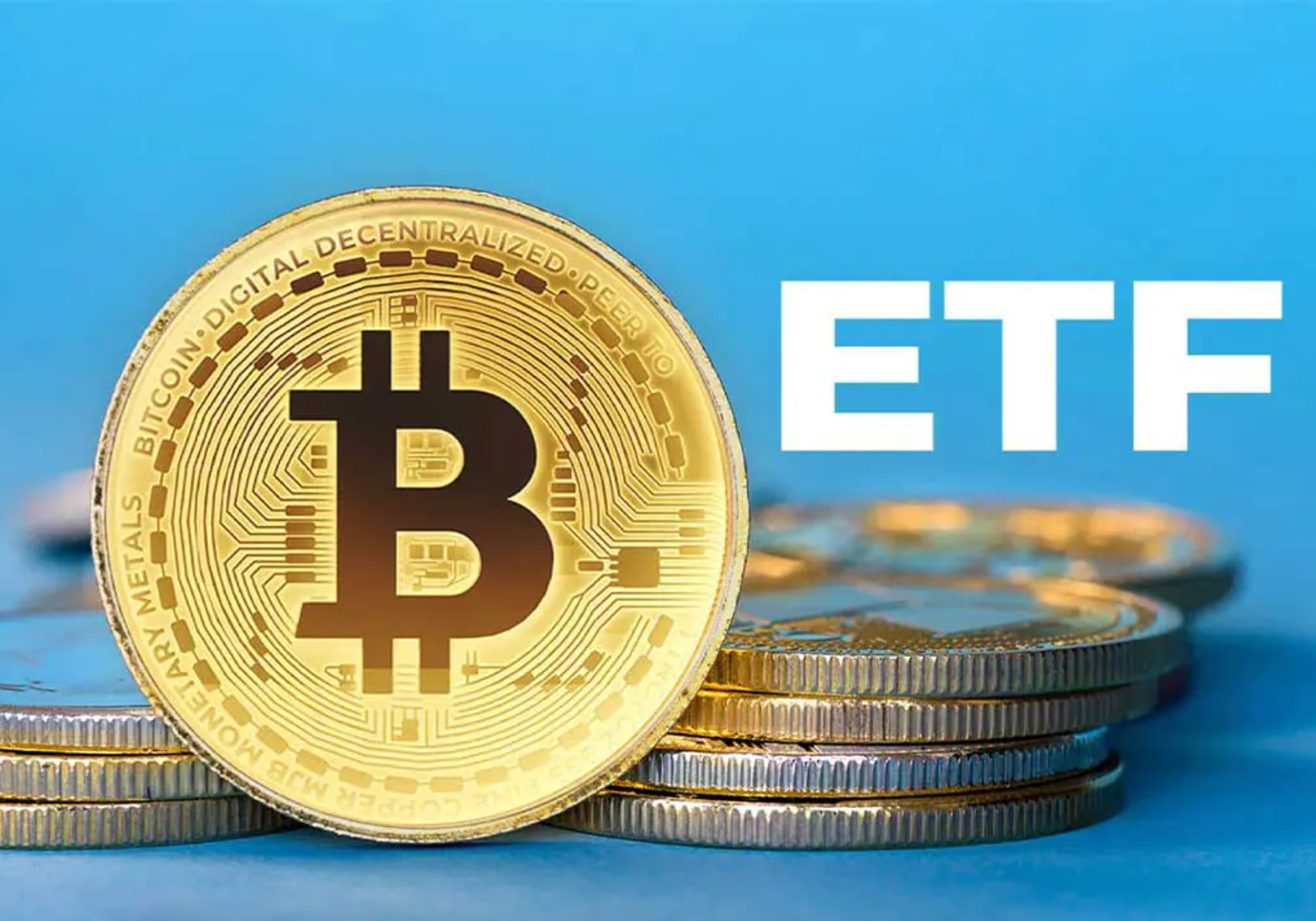Introduction
Bitcoin, the first and most dominant cryptocurrency, has always faced challenges like scalability issues, high transaction fees, and limited smart contract capabilities. While Bitcoin remains the most secure and decentralized blockchain, it struggles with supporting complex applications, leading to the rise of Layer-2 solutions. That’s where Satochain and BitEVM come in! These two innovative projects are enhancing Bitcoin’s capabilities without altering its core structure.
In this article, we’ll explore how Satochain and BitEVM work, what makes them unique, and why they are critical for Bitcoin’s future. Let’s dive in!
Why Does Bitcoin Need Layer-2 Solutions?
Bitcoin’s base layer was built for security and decentralization, but this also means that it’s no Bitcoin’s base layer is built for security and decentralization, but this also means it’s not the fastest or most cost-effective for transactions. Due to its design, Bitcoin faces:
- Scalability Issues: The network can only handle a limited number of transactions per second.
- High Fees: During peak periods, users must pay more to get their transactions processed quickly.
- Limited Smart Contract Functionality: Bitcoin was not designed to support complex applications like Ethereum.
- Lack of Cross-Chain Compatibility: It’s challenging to use Bitcoin in decentralized finance (DeFi) or other blockchain ecosystems.
Layer-2 solutions address these problems by operating on top of Bitcoin’s blockchain, making transactions faster, cheaper, and more functional. Two promising Layer-2 projects, Satochain and BitEVM, are at the forefront of these improvements. Let’s see what they offer!
Satochain: Expanding What Bitcoin Can Do

What is Satochain?
Satochain is an advanced Layer-2 solution designed to enhance Bitcoin. It adds cross-chain transactions, smart contracts, and decentralized applications (dApps) to the Bitcoin network. Essentially, Satochain enables Bitcoin to do far more than just sending and receiving payments.
What Makes Satochain Special?
Cross-Chain Compatibility: Satochain allows seamless transfers between Bitcoin and Wrapped Bitcoin (WBTC), making it easier for Bitcoin users to access DeFi platforms and other blockchain applications.
Smart Contracts for Bitcoin: Unlike Bitcoin’s limited programming language, Satochain supports Turing-complete smart contracts (like those on Ethereum), enabling developers to build secure applications on Bitcoin.
Faster and Cheaper Transactions: By processing transactions off-chain and bundling them, Satochain reduces congestion and fees, making Bitcoin more practical for daily use.
Secure and Decentralized: Since Satochain finalizes transactions on Bitcoin, it inherits Bitcoin’s strong security, maintaining decentralization and reducing the risk of centralization.
How Can People Use Satochain?
DeFi: Users can stake BTC, lend, borrow, and trade directly within Bitcoin’s network.
NFTs on Bitcoin: Satochain makes it possible to create, buy, and sell NFTs while staying within Bitcoin’s ecosystem.
Gaming and dApps: Developers can build blockchain-based games using Bitcoin as an in-game currency.
Enterprise Use: Businesses can automate payments and contracts without relying on third-party services.
BitEVM: Bringing Ethereum’s Smart Contracts to Bitcoin

What is BitEVM?
BitEVM is another transformative Layer-2 solution that brings Ethereum’s Ethereum Virtual Machine (EVM) functionality to Bitcoin. In essence, BitEVM enables the running of Ethereum-style applications on the Bitcoin network.
Why is BitEVM Important?
Ethereum-Like Smart Contracts on Bitcoin: BitEVM lets developers write smart contracts in Solidity (the programming language used on Ethereum), enabling Ethereum apps to work on Bitcoin.
Fast and Scalable with ZK-Rollups: BitEVM uses ZK-Rollups to bundle transactions before finalizing them on Bitcoin, reducing congestion and enhancing transaction speed.
Enhanced Privacy with ZK-STARKs: BitEVM employs ZK-STARKs, which allow transactions to be verified without disclosing too much information, offering users more privacy while keeping everything secure.
Leveraging Bitcoin’s Taproot Upgrade: Taproot enables more complex smart contracts on Bitcoin while maintaining efficiency and privacy.
What Can You Do with BitEVM?
DeFi: Users can lend, borrow, and earn interest using Bitcoin without needing another blockchain.
NFTs and Gaming: Developers can create NFT marketplaces and blockchain-based games with Bitcoin.
Cross-Chain Applications: BitEVM facilitates Bitcoin’s interaction with Ethereum and other networks.
Business Applications: Companies can automate transactions and contracts with smart contracts on Bitcoin.
Comparing Satochain and BitEVM
Both Satochain and BitEVM are designed to improve Bitcoin’s functionality, but they take different approaches. Here’s a quick comparison:
| Feature | Satochain | BitEVM |
| Smart Contracts | Yes (Turing-complete) | Yes (EVM-compatible) |
| Execution Layer | Independent execution layer | Bitcoin-integrated execution layer |
| Scalability Method | Rollups and batching | ZK-Rollups & ZK-STARKs |
| Privacy Features | Moderate | High (ZK-STARKs) |
| DeFi Support | Yes | Yes |
| NFT Capabilities | Yes | Yes |
| Enterprise Use | Yes | Yes |
| Cross-Chain Integration | BTC & WBTC transfers | Bitcoin-Ethereum bridges |
In short, Satochain focuses on cross-chain compatibility and advanced scripting, while BitEVM is all about bringing Ethereum’s functionality to Bitcoin. Both are essential for Bitcoin’s evolution.
Conclusion
The emergence of Satochain and BitEVM is a significant advancement for Bitcoin. By adding smart contracts, reducing fees, and enhancing cross-chain compatibility, these projects are helping Bitcoin evolve beyond its role as just a store of value.
For investors, developers, and businesses, these innovations open up new opportunities and pave the way for a brighter future for Bitcoin. Whether it’s Satochain’s advanced scripting or BitEVM’s Ethereum integration, Bitcoin is on track to become a true powerhouse in the blockchain space.
Disclaimer:
This article is for informational purposes only and should not be considered financial advice. Always conduct your own research before making investment decisions.




